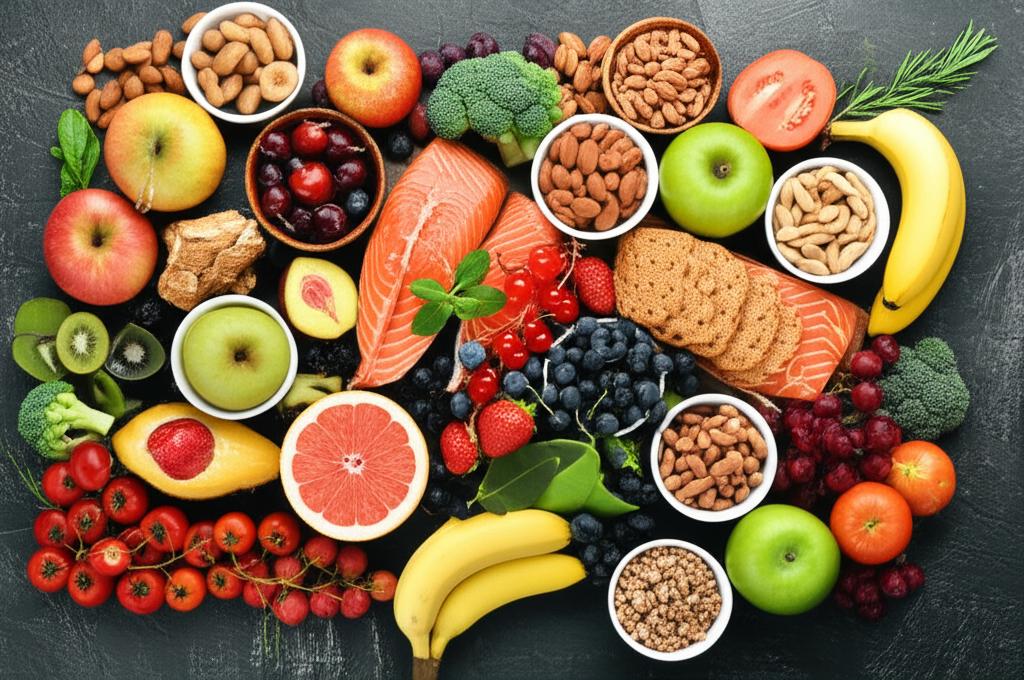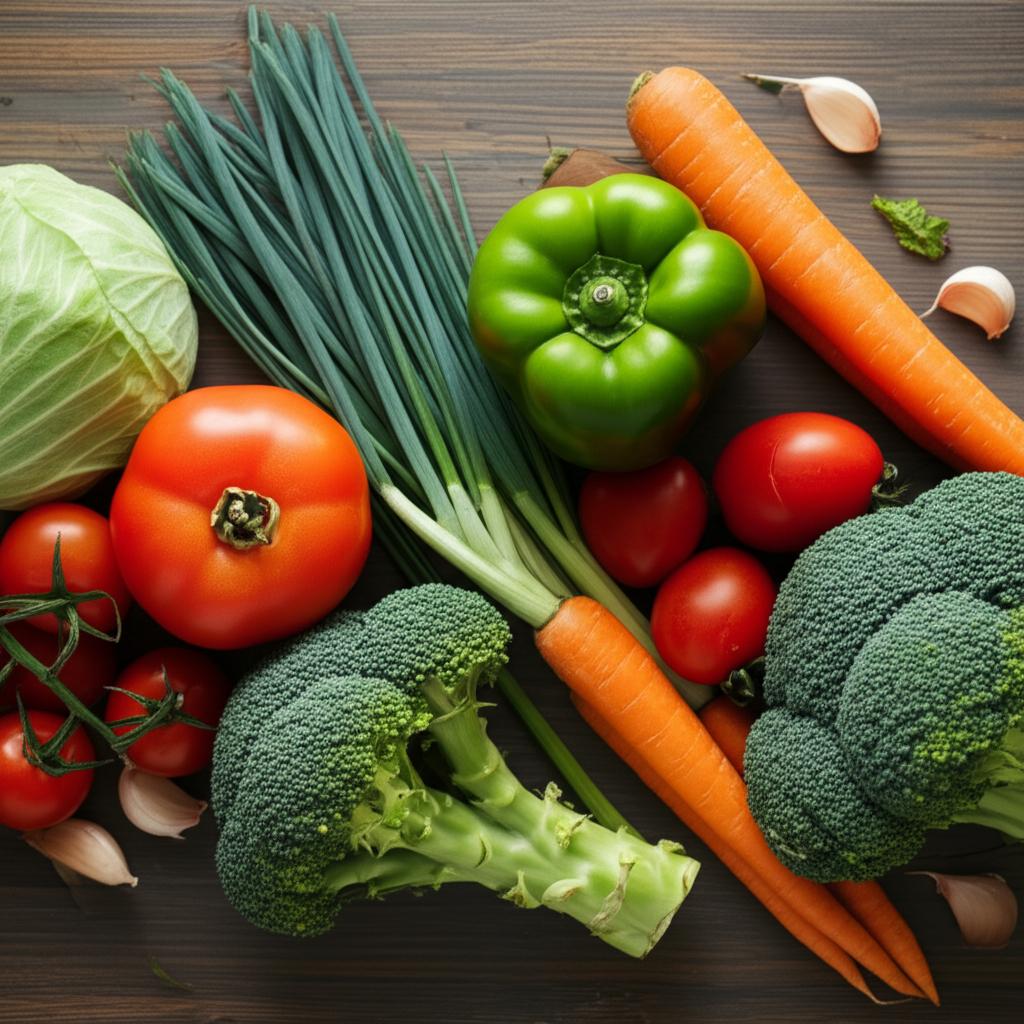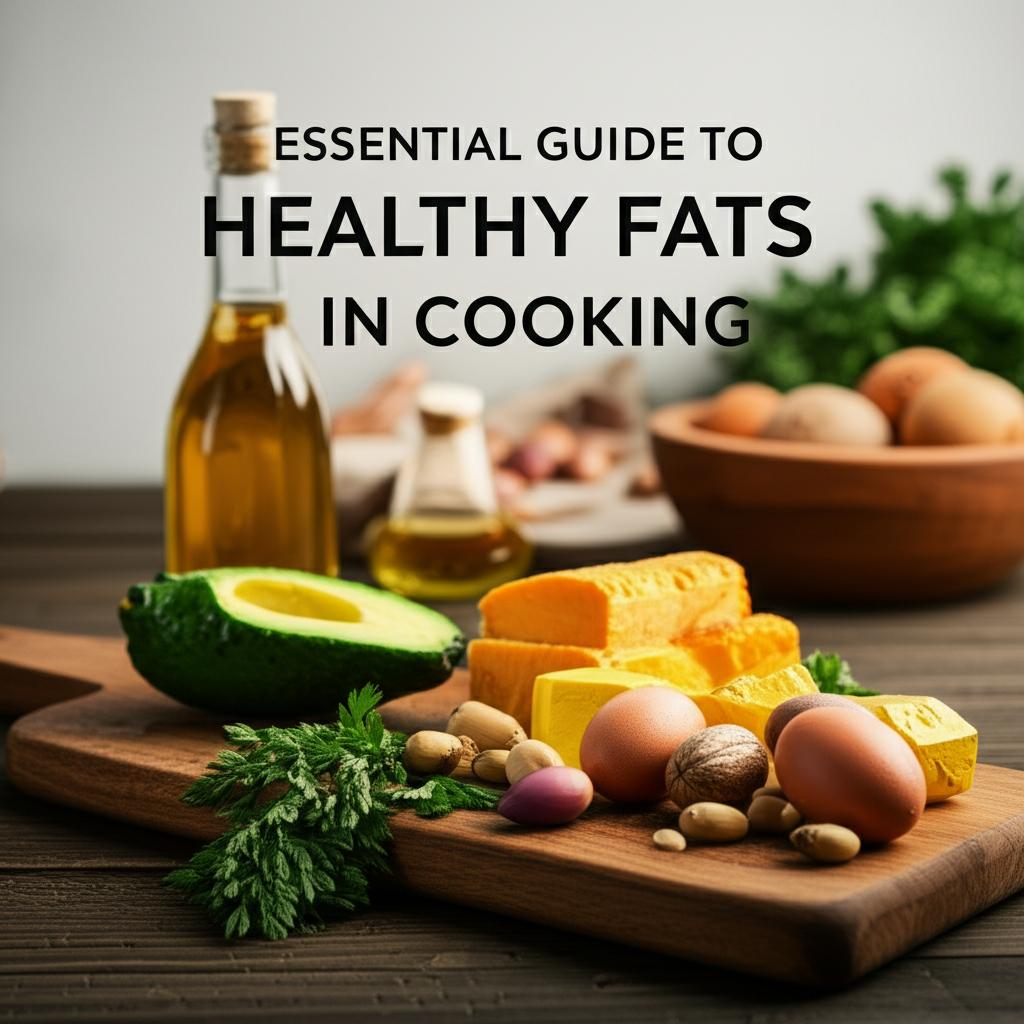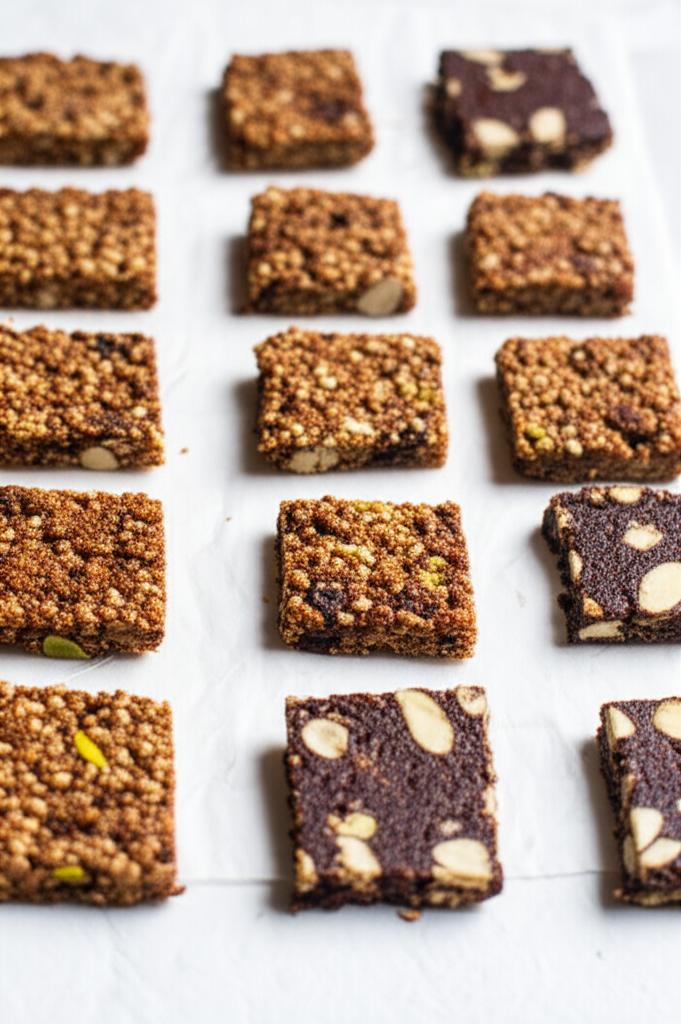
Fuel Your Day the Right Way: The Best Healthy Snack Ideas for Sustained Energy and Well-being
Are you constantly battling the mid-afternoon slump, the gnawing hunger between meals, or the urge to reach for something quick, easy, and often, unhealthy? You’re not alone! Many people struggle with snacking wisely. But what if we told you that snacking can actually be a powerful tool to boost your energy, manage your weight, and keep your metabolism humming?
The secret lies in choosing the right healthy snack ideas. Forget the sugary, processed options that leave you crashing. This detailed guide will show you how to embrace nutritious, delicious, and easy-to-prepare snacks that will keep you feeling full, focused, and energized throughout your day.
Why Healthy Snacking Matters: More Than Just Curbing Hunger
Before we dive into the delicious ideas, let’s understand why smart snacking is so important:
- Sustains Energy Levels: Regular, small infusions of nutrients prevent drastic blood sugar dips, keeping your energy stable.
- Curbs Overeating at Meals: A well-timed snack can prevent you from arriving at your main meals ravenous, leading to better portion control.
- Boosts Metabolism: Eating consistently (even small, healthy snacks) can help keep your metabolism active.
- Provides Essential Nutrients: Snacks are an excellent opportunity to sneak in extra vitamins, minerals, fiber, and protein that you might miss in your main meals.
- Enhances Focus and Productivity: Stable blood sugar means better concentration and cognitive function.
The Best Healthy Snack Ideas: Delicious & Nutritious Choices
The key to a great snack is a combination of protein, fiber, and healthy fats. This trifecta helps you feel satisfied and keeps hunger at bay.
1. Fruity & Fresh Delights
Fruits are nature’s candy, packed with vitamins, antioxidants, and fiber. Pair them with a protein or healthy fat for ultimate satisfaction.
- Apple Slices with Natural Nut Butter:
- Why it’s great: Apples offer fiber and natural sweetness, while a small serving of natural nut butter (peanut, almond, cashew) provides healthy fats and protein.
- How to prepare:
- Wash and slice one medium apple.
- Measure out 1-2 tablespoons of natural nut butter (check the label for minimal ingredients – just nuts!).
- Dip or spread the nut butter on the apple slices.
- Tip: Try a sprinkle of cinnamon on top for extra flavor!
- Berries with Greek Yogurt:
- Why it’s great: Berries (strawberries, blueberries, raspberries) are low in sugar but high in antioxidants and fiber. Greek yogurt is a protein powerhouse, promoting fullness.
- How to prepare:
- Combine 1/2 to 1 cup of fresh or frozen (thawed) mixed berries with 1/2 cup of plain, unsweetened Greek yogurt.
- Optional: A tiny drizzle of honey or a sprinkle of chia seeds for added nutrition.
- Tip: Opt for full-fat Greek yogurt if you need more satiety from healthy fats, or low-fat if you’re watching calories.
- Banana Slices with Chia Seeds:
- Why it’s great: Bananas provide quick energy and potassium, while chia seeds add fiber, omega-3s, and a little protein.
- How to prepare:
- Slice one medium banana.
- Sprinkle 1-2 teaspoons of chia seeds over the slices.
- Tip: You can also add a dollop of yogurt or a thin layer of nut butter for extra protein.
2. Crunchy & Savory Satisfiers
Sometimes you just need a satisfying crunch! These options deliver that while being packed with nutrients.
- Veggies with Hummus or Guacamole:
- Why it’s great: Raw vegetables (carrots, celery, bell peppers, cucumber, broccoli florets) are loaded with vitamins, minerals, and fiber. Hummus (chickpea dip) provides plant-based protein and fiber, while guacamole offers healthy monounsaturated fats.
- How to prepare:
- Wash and chop a variety of your favorite crunchy vegetables.
- Portion out 2-4 tablespoons of hummus or 1/4 to 1/2 cup of guacamole.
- Dip away!
- Tip: Meal prep by washing and cutting veggies at the beginning of the week so they’re ready to grab.
- A Handful of Mixed Nuts & Seeds:
- Why it’s great: Almonds, walnuts, cashews, pumpkin seeds, and sunflower seeds are rich in healthy fats, protein, and fiber. They’re also convenient.
- How to prepare:
- Measure out a small handful (about 1/4 cup) of unsalted mixed nuts and seeds.
- Tip: Portion control is key with nuts, as they are calorie-dense. Avoid flavored or heavily salted varieties.
- Whole-Grain Crackers with Cottage Cheese:
- Why it’s great: Whole-grain crackers offer complex carbohydrates and fiber. Cottage cheese is an excellent source of slow-digesting protein (casein), keeping you full for longer.
- How to prepare:
- Top 3-4 whole-grain crackers with 1/2 cup of plain cottage cheese.
- Optional: Sprinkle with black pepper or everything bagel seasoning.
- Tip: Look for cottage cheese with lower sodium content.
3. Protein-Packed Powerhouses
Protein is the king of satiety. These snacks will keep you feeling full and prevent those annoying hunger pangs.
- Hard-Boiled Eggs:
- Why it’s great: Eggs are an incredibly complete protein source, containing all nine essential amino acids. They’re also rich in vitamins D and B12.
- How to prepare:
- Boil a batch of eggs at the beginning of the week (store in the fridge for up to 7 days).
- Peel and enjoy 1-2 eggs when hunger strikes.
- Tip: A sprinkle of salt and pepper enhances the flavor.
- Edamame (Steamed or Dry-Roasted):
- Why it’s great: These little green pods are a fantastic source of plant-based protein, fiber, and iron. They’re also fun to eat!
- How to prepare:
- Steamed: Buy frozen edamame (in or out of the pod). Boil or microwave until tender.
- Dry-Roasted: Toss shelled edamame with a tiny bit of olive oil and salt, then roast until crispy.
- Tip: Enjoy them in the pod for a more mindful eating experience.
- Leftover Lean Protein (e.g., Chicken Breast, Tofu):
- Why it’s great: Don’t underestimate the power of leftovers! A small piece of lean grilled chicken, baked salmon, or seasoned tofu from dinner makes an incredibly satisfying snack.
- How to prepare:
- When cooking dinner, make a little extra to portion out for snacks.
- Reheat or enjoy cold a small piece (2-3 oz) of lean protein.
- Tip: Pair it with a few raw veggies for added crunch and nutrients.
Making Healthy Snacking a Habit: Step-by-Step for Success
It’s one thing to know what to eat, and another to actually do it consistently. Here’s how to integrate healthy snacking into your routine:
- Step 1: Assess Your Needs.
- Think about when you typically get hungry between meals. Is it mid-morning, mid-afternoon, or before bed?
- Plan your snacks around these hunger cues.
- Step 2: Shop Smart.
- When grocery shopping, prioritize whole, unprocessed foods from the ideas above.
- Stick to your list to avoid impulse buys of unhealthy options.
- Step 3: Prep Ahead (The Game Changer!).
- Dedicate some time (e.g., Sunday afternoon) to snack prep.
- Wash and chop all your veggies.
- Portion out nuts, seeds, and dried fruit into small containers or bags.
- Hard-boil a batch of eggs.
- Make a batch of homemade hummus or buy individual pre-portioned containers.
- This makes grab-and-go healthy snacking a breeze!
- Step 4: Practice Portion Control.
- Even healthy snacks can contribute to excess calories if overconsumed.
- Measure out portions (e.g., 1/4 cup nuts, 1/2 cup yogurt) rather than eating directly from the bag or container.
- Use small bowls or plates for your snacks.
- Step 5: Store Smart.
- Keep your prepped healthy snacks front and center in your fridge or pantry.
- Take snacks with you when you leave the house to avoid unhealthy temptations.
Essential Tips for Healthy Snacking Success
- Listen to Your Body: Eat when you’re truly hungry, not just out of boredom or habit.
- Hydrate First: Sometimes, thirst is mistaken for hunger. Try drinking a glass of water before reaching for a snack.
- Vary Your Choices: Don’t get stuck in a snack rut. Rotate through different options to get a wide range of nutrients and keep things interesting.
- Make it Mindful: Avoid eating your snack while distracted by your phone, TV, or computer. Savor each bite and pay attention to how you feel.
- Don’t Demonize Food: No food is inherently “bad.” The goal is balance and making mostly nourishing choices. Allow yourself occasional treats without guilt.
- Accessibility is Key: The easier it is to grab a healthy snack, the more likely you are to choose it.
Common Snacking Mistakes to Avoid
Even with the best intentions, it’s easy to fall into unhealthy snacking traps. Be aware of these common missteps:
- Mindless Munching: Eating while distracted (working, watching TV, scrolling) often leads to overconsumption because you’re not paying attention to your body’s fullness cues. Solution: Put away distractions and eat mindfully.
- Choosing Sugary, Salty, or Fatty Processed Snacks: “Snack foods” often lack fiber and protein, leading to a quick energy spike followed by a crash. Solution: Prioritize whole, unprocessed foods.
- Skipping Meals to “Save Calories”: This often backfires, leading to extreme hunger and overeating later. Solution: Eat regular, balanced meals and use snacks to bridge the gap.
- Over-Portioning Healthy Foods: While nuts, avocados, and whole grains are healthy, they are calorie-dense. Eating too much can still lead to weight gain. Solution: Always measure or eyeball appropriate portions.
- Relying on “Health-Washed” Products: Many packaged snacks market themselves as “healthy” but are high in added sugars, unhealthy fats, and artificial ingredients. Solution: Read ingredient labels carefully and choose simple, recognizable ingredients.
Conclusion: Empower Your Snacking Habits
Embracing healthy snack ideas is a powerful step towards better health, sustained energy, and improved well-being. By planning ahead, choosing nutrient-dense whole foods, and practicing mindful eating, you can transform your snacking habits from a potential pitfall into a vital part of your healthy lifestyle.
Start small, experiment with different combinations, and discover what works best for you. Your body will thank you for fueling it with the goodness it deserves!
FAQ
Q. What are the key characteristics of a truly healthy snack?
A. A truly healthy snack is typically rich in nutrients, provides sustained energy, and helps you feel satisfied without being overly caloric or loaded with added sugars, unhealthy fats, or excessive sodium. Look for options high in fiber, protein, and healthy fats, such as fruits, vegetables, nuts, seeds, and whole grains.
Q. How can I make sure my snack keeps me full until my next meal?
A. To maximize satiety, combine protein and fiber in your snack. Protein helps with muscle repair and keeps you feeling full, while fiber adds bulk and slows digestion. Examples include an apple with a tablespoon of nut butter, Greek yogurt with berries, or hummus with vegetable sticks.
Q. Are there any “healthy” packaged snacks I should look out for, or are homemade always better?
A. While homemade snacks often offer the most control over ingredients, there are healthy packaged options. Look for minimal ingredients, low added sugar, high fiber, and good protein content. Examples include unsalted nuts, dried fruit (without added sugar), whole-grain crackers, or single-serving plain Greek yogurt. Always check the nutrition label.
Q. What are some easy, no-prep healthy snack ideas for busy people?
A. For ultimate convenience, grab a piece of fruit like an apple or banana, a handful of raw nuts (almonds, walnuts), a pre-portioned baggie of baby carrots or cucumber slices, or a hard-boiled egg. These require no cooking or assembly.
Q. How do snacks fit into a weight management plan?
A. Snacks can be beneficial for weight management by preventing excessive hunger between meals, which can lead to overeating later. They can also help stabilize blood sugar levels. Focus on portion-controlled, nutrient-dense snacks that provide satiety and support your overall daily calorie and nutrient goals, rather than adding empty calories.
Q. I often crave unhealthy snacks. How can I switch to healthier options?
A. Start by identifying your cravings’ triggers (stress, boredom). Then, find healthy alternatives that mimic the texture or flavor you crave – for crunch, try air-popped popcorn or roasted chickpeas; for sweetness, try fruit or a small piece of dark chocolate. Gradually introduce healthier options and keep unhealthy ones out of sight to reduce temptation.
Q. Should I eat snacks even if I’m not hungry, or only when I feel a pang?
A. It’s generally best to eat snacks when you feel genuinely hungry, rather than out of habit or boredom. Listening to your body’s hunger cues (intuitive eating) helps prevent unnecessary calorie intake. However, if you know you have a long gap between meals and tend to get ravenous, a small, planned snack can be beneficial to prevent overeating at the next meal.


